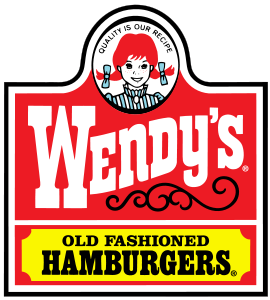Multicultural Is the New Mainstream
The U.S. population is becoming increasingly diverse, and while statistics aren’t really necessary to confirm the obvious, the soon-to-be-released 2010 U.S. Census figures likely will support the multicultural boom over the past decade. Last week, national advertisers and marketers convened at a conference to discuss the implications of today’s broad and progressively more complex marketplace. Identifying “best practices” for communicating with multicultural consumers, some presenters indicated that a singular insight focused on commonalities between cultural segments should drive marketing strategy; however, the voice of Hispanic-specialized agencies, the Association of Hispanic Advertising Agencies (AHAA), disagrees with this one-size-fits-all approach.
“Trying to be all things to all consumers not only waters down the communication but also waters down the results,” says Jessica Pantanini, AHAA chair and COO of Bromley Communications. “The population is definitely more multicultural but that only reinforces the need for customized, one-to-one communication. It’s more impactful than mass marketing as evidenced by the obvious success of digital and social interactive media. The growing diversity of the country requires even more insight and understanding of the cultural and ethnic nuances and differences that drive behavior and purchase, and connect with consumers in a unique way.”
AHAA is concerned that advertisers’ request for a holistic approach to marketing and advertising to all segments and the need for a single voice is possibly being misinterpreted to minimize the need for targeted and highly specialized communication. This type of cross-cultural approach lacks insight and understanding critical to the effectiveness of the strategy. “If one-size-fits-all worked, then fashion designers would have it easy,” Pantanini says. “Manufacturing costs would go way down, savings could be passed to the consumer and profitability would increase. It’s great in theory, but it just doesn’t work in the marketplace.
The journey of a Latina Millennial mom is one example. Her experience is very different from other cultures. Rather than being the child who was given a trophy for every activity, which would lead her to become more ‘me’ focused; it was the hard work of her parents and the respect that she has for them that has driven her to succeed.
So, while the general market, cross-cultural approach might consider ‘me’-focused behavior the point of convergence for all Millenial moms and therefore execute one communication strategy, the approach won’t resonate with the Latina mom. In fact, the more inspirational way of talking to Millennials may just be through the Latina insight. “The goal should be to bring the insight to the strategy, and if the granularity demands a separate communication, so be it,” Pantanini says. “If not, fine; but the cultural sensitivity must be part of the strategy.
“The U.S. is a salad bowl and not a mixing bowl. Multicultural consumers are blended into the population but they retain their own unique cultural traits, behaviors and innate desires that influence their responses, purchasing and loyalty. To ignore this in the name of cost-cutting and consolidation or leaving it to the agencies to figure it out will impact negatively advertisers’ return on investments.”
Inclusion, AHAA agrees with advertisers, is the answer; however, it requires bringing Hispanic-market or multicultural specialists in at the beginning of the marketing planning process as strategic thinkers and not just tactical implementers. Consumer connection and cultural insight is integral to the strategy and helps build the bottom line for brands.
Savvy marketers like General Mills, McDonalds and Time Inc., understand the value of cultural marketing specialists and targeted communication, and have the profits to show for their decisions. Rudy Rodriguez, director, Multicultural Marketing for General Mills says the focus on Hispanic and African American market segments has driven growth for many of the company’s brands. The packaged food manufacturer has increased investments in these segments progressively over the past four years and Rodriguez says they will continue to invest heavily.
AHAA agrees that the best marketing ideas should win clients’ approval, but the effectiveness of any agency — specialized or general market — relies on an environment conducive to the exchange of information and support for great ideas no matter where they emanate. Unfortunately, some advertisers may be misguided in the approach and strategies that will achieve bottom line profits when reaching and connecting with multicultural consumers. Targeted communication, rather than one-size-fits-all marketing, really works. Finding a successful partnership with a quality Hispanic-specialized expert agency delivers results.











Leave a Reply
Want to join the discussion?Feel free to contribute!